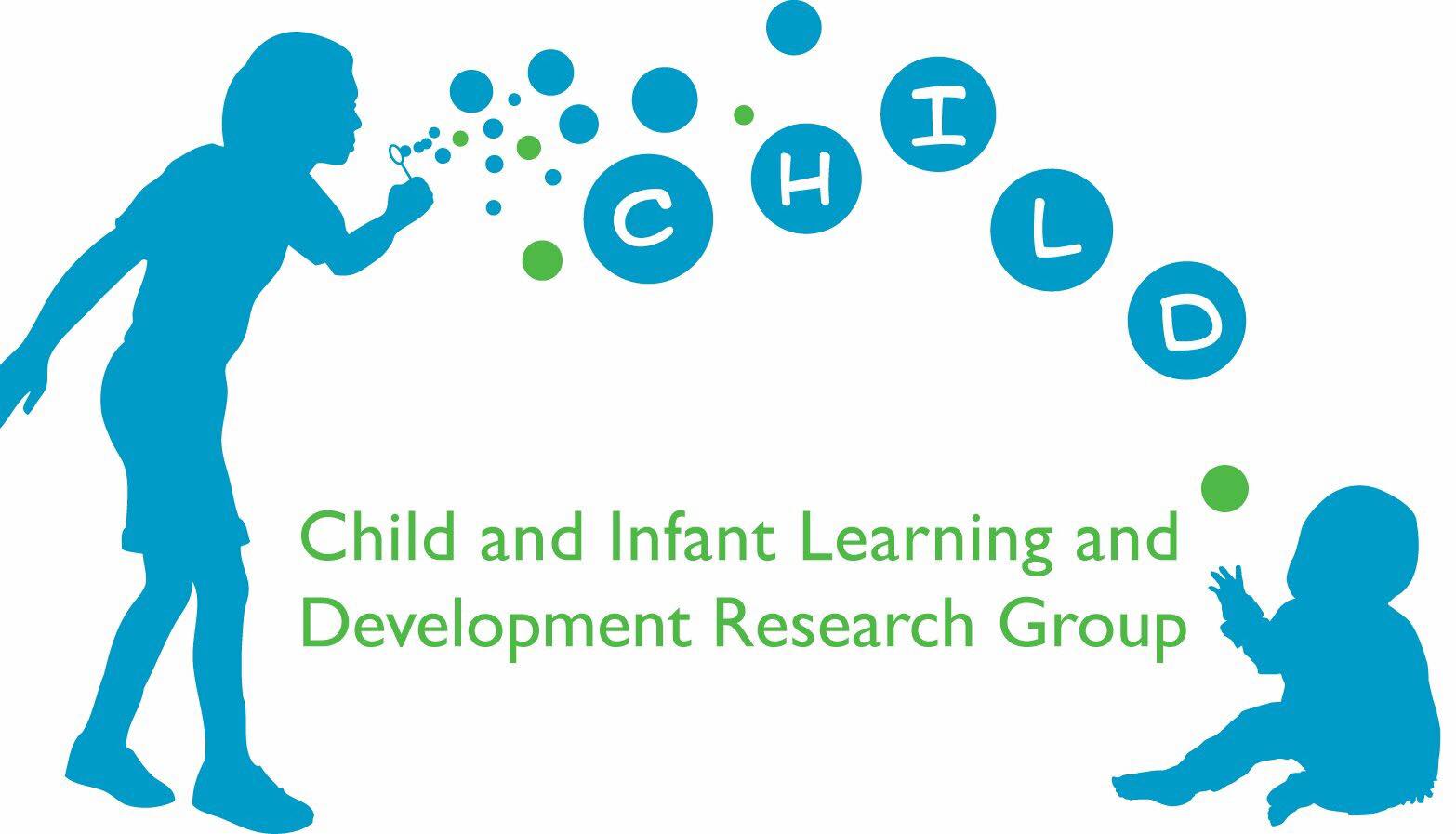
MOTIVATING YOUR KIDS TO BE ACTIVE IN THE EARLY YEARS
As technology becomes more common in our daily lives, children, aged 5 and younger, are more often choosing screen time over being physically active. According to Health Canada, only 1 in 10 Canadian children meet the recommended physical activity guidelines. This sedentary lifestyle can pose health risks, and ensuring an active start for your child can decrease them significantly.
Some benefits of physical activity include but are not limited to:
- Healthy body weight
- Increased memory
- Increased concentration
- Improved coordination
- Increased self-confidence
- Making new friends
- Better sleep
- Strong muscles and bones
With all these benefits of physical activity, how can you as a parent motivate your child to be active at a young age?
To help motivate your child to be active, they need to participate in meaningful activity. Participating in meaningful activity will ensure that they have a strong foundation for movement and longer commitment to physical activity as they get older. One way to provide meaningful activity is allowing for play.
The “Be Fit for Life” campaign defines play as “freely chosen, personally directed, intrinsically motivated behaviour that actively engages the child.”
Intrinsic motivation is the act of engaging in activities that people simply enjoy doing. Extrinsic motivation is the opposite and is the motivation to engage in behaviours to receive external rewards (e.g. candy), or avoid punishment (e.g. taking away toys).
Children tend to be more intrinsically motivated to play when they find a fun and engaging activity. This is a much better method than extrinsic motivation where the goal to stay active is to receive a reward. In this case, children may not always develop a natural interest in the activity. Extrinsic motivation also requires more effort from the parents as the reward constantly has change as children grow up.
Additionally, kids will find an activity more rewarding if they choose it for themselves. Instead of deciding “John should play catch and Sarah should hula-hoop”, the choices should be presented and their voices should be heard on what they want to do.
Some ways to increase intrinsic motivation for your child to participate in meaningful activities are:
- Make the activity as fun as possible for your child.
- Incorporate a variety of movements into the activity.
(e.g., skipping, hopping, running, crawling, etc.).
- Allow repetition of the movement. This provides opportunities for your child to practice and become more proficient in these movements.
- Expose your child to different environments to help them explore their interests.
(e.g., water, grass, playground, court, etc.).
- Allow your child to choose the type of activity they want to do.
- Allow social interaction with other children their age.
- Give your child opportunities to be challenged and ensure the challenges are age-appropriate. Once they’ve conquered one challenge, it will motivate your child to test their boundaries.
About the Author:
Adesua Egbase is currently a BSc Mind Sciences student in Kinesiology at the University of Calgary with an interest in how movement, physical literacy and various interactions contribute to the development of children.

